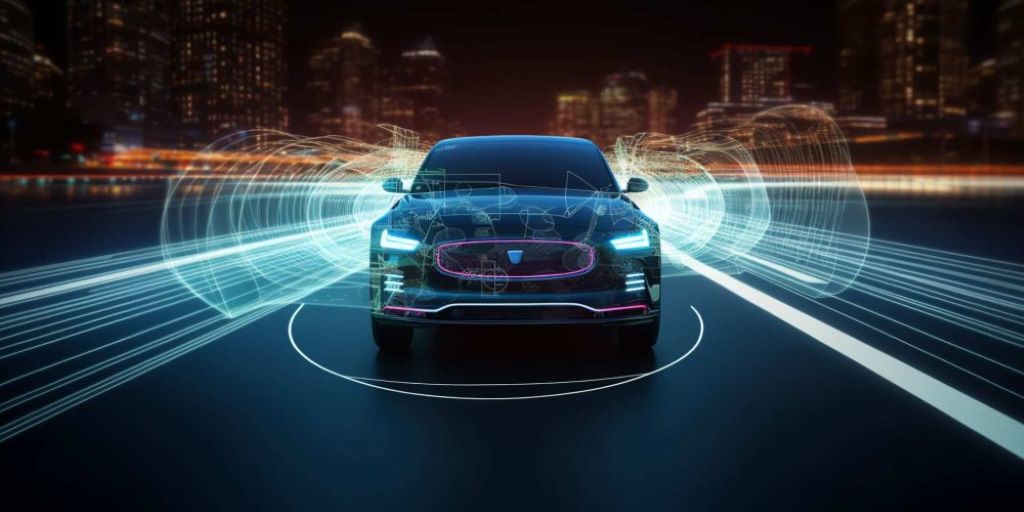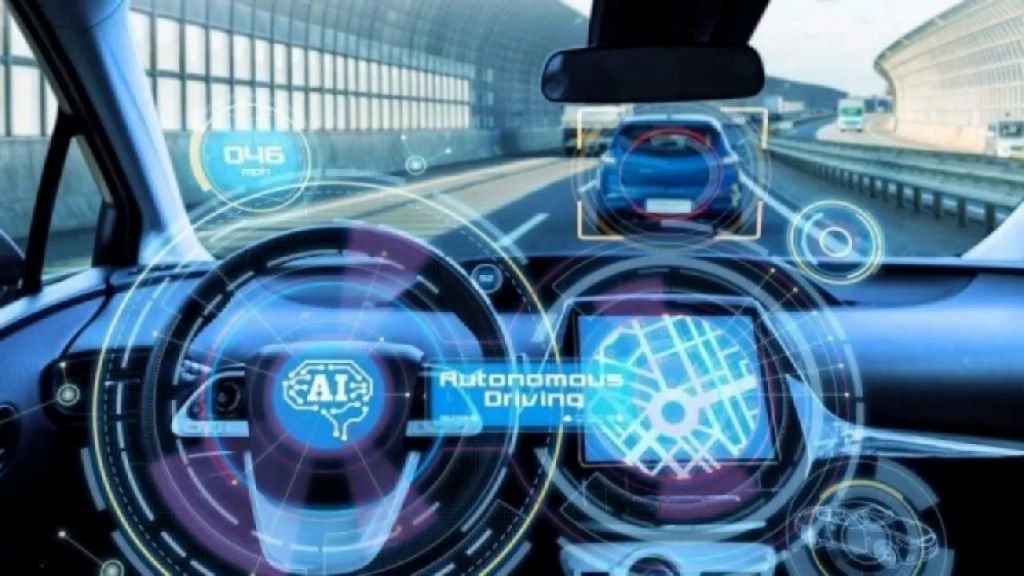Artificial intelligence (AI) has rapidly emerged as a game-changer in various industries, and the realm of autonomous vehicles (AVs) is no exception. As AVs inch closer to becoming a mainstream reality, AI’s role in enhancing their safety has become paramount. This article delves into the multifaceted ways in which AI is revolutionizing the safety of self-driving cars, offering insights valuable for tech enthusiasts and the general public alike.
-
Enhanced Perception and Decision-Making
One of AI’s most significant contributions to AV safety lies in its ability to perceive and interpret the surrounding environment. Equipped with an array of sensors like cameras, lidar, and radar, AVs generate a massive amount of data about their surroundings. AI algorithms process this data in real time, identifying and classifying objects such as pedestrians, cyclists, and other vehicles.
This enhanced perception enables AVs to make informed decisions swiftly and accurately, mimicking and even surpassing human driving capabilities. AI’s ability to predict the behavior of other road users, anticipate potential hazards, and react appropriately reduces the risk of accidents significantly.
-
Robust Sensor Fusion and Redundancy
AI’s prowess extends beyond individual sensor data processing. Through sensor fusion, AI combines information from multiple sensors to create a comprehensive and accurate representation of the vehicle’s environment. This redundancy minimizes the impact of sensor errors or malfunctions, ensuring that the AV can still operate safely even if one sensor fails.
Sensor fusion not only improves the reliability of AVs’ perception but also enables them to function effectively in adverse weather conditions, such as rain, fog, or snow, where individual sensors might struggle.

Related: What Are Auto Industry Trends Regarding the Use of Technology
-
Advanced Path Planning and Navigation
Navigating complex road networks and traffic scenarios is a challenge for both human drivers and AVs. AI-powered path planning algorithms enable AVs to analyze multiple potential routes, considering factors like traffic congestion, road conditions, and potential hazards. This analysis allows AVs to select the safest and most efficient path, minimizing the risk of collisions and improving traffic flow.
Moreover, AI-based navigation systems continuously adapt to changing conditions, ensuring that the AV stays on track and avoids unexpected obstacles. This adaptability is crucial for navigating unpredictable urban environments.
-
Machine Learning for Continuous Improvement
AI algorithms learn and improve over time through exposure to vast amounts of data. AVs collect data from their own experiences and from other AVs in a fleet, creating a collective knowledge base. Machine learning algorithms analyze this data, identifying patterns, and improving the AV’s decision-making capabilities.
This continuous learning process allows AVs to adapt to new situations and scenarios that they may not have encountered before. As a result, AVs become increasingly safer and more reliable over time.
-
Addressing Ethical Dilemmas
While AI enhances AV safety, it also raises ethical dilemmas. In scenarios where accidents are unavoidable, AI algorithms must make split-second decisions about how to minimize harm. Researchers are actively developing frameworks to guide AI in such situations, ensuring that AVs prioritize human safety and act ethically.
Challenges and the Road Ahead
Despite the significant strides AI has made in improving AV safety, challenges remain. These include:
- Edge Cases: Unforeseen or rare scenarios that AI algorithms might not be trained to handle.
- Cybersecurity: The need to protect AV systems from hacking and malicious attacks.
- Public Acceptance: Building public trust and acceptance of AV technology.
Researchers and engineers are actively working to address these challenges through rigorous testing, simulation, and collaboration.
Conclusion
AI is undoubtedly playing a transformative role in making autonomous vehicles safer. Its ability to enhance perception, decision-making, navigation, and adaptability is revolutionizing the way we think about transportation. As AI continues to evolve, we can anticipate even more sophisticated safety features and advancements that will bring us closer to a future where AVs are not only convenient but also exceptionally safe. The road to fully autonomous vehicles is paved with AI, and it’s a journey that promises a safer and more efficient transportation landscape for everyone.





